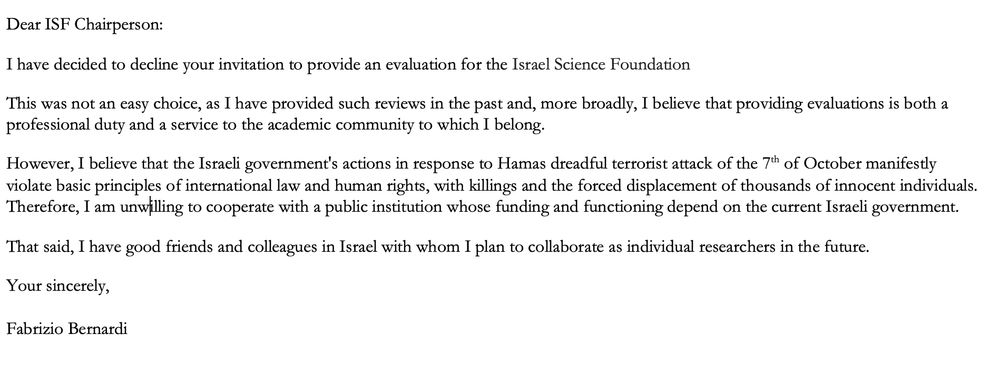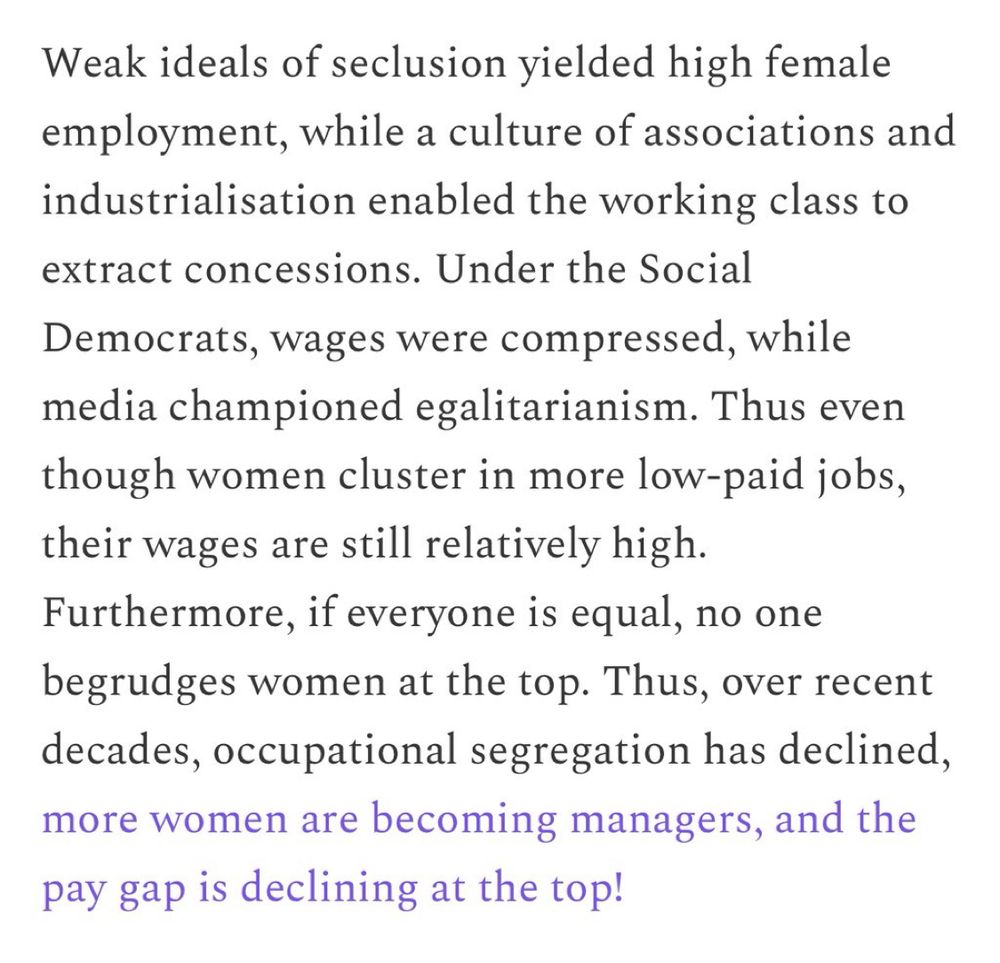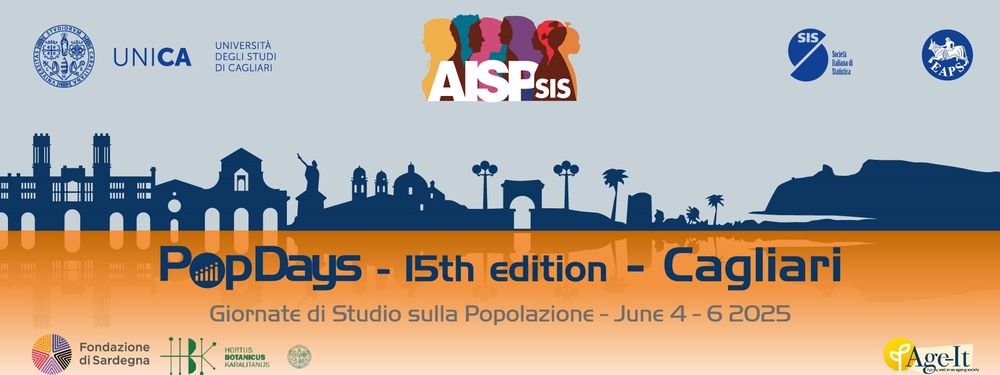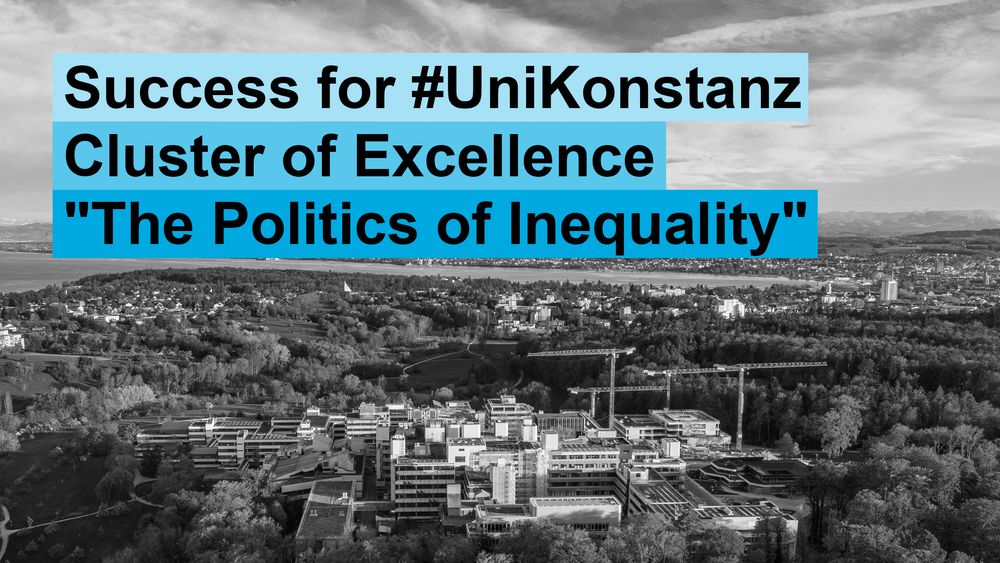Damiano Uccheddu
@damianouccheddu.bsky.social
860 followers
1.2K following
75 posts
Sociologist and Demographer ► Interested in #gender and #socialinequalities in #health in later life | Quantitative methods | Postdoc at UCLouvain | PhD from NIDI-KNAW & RUG-GMW (https://damianouccheddu.bio.link/)
Posts
Media
Videos
Starter Packs
Reposted by Damiano Uccheddu
Reposted by Damiano Uccheddu
Reposted by Damiano Uccheddu
Reposted by Damiano Uccheddu
Fabrizio Bernardi
@fabriberna.bsky.social
· Jul 25
Reposted by Damiano Uccheddu
Reposted by Damiano Uccheddu
Reposted by Damiano Uccheddu
Reposted by Damiano Uccheddu
Reposted by Damiano Uccheddu
Reposted by Damiano Uccheddu
Reposted by Damiano Uccheddu
Reposted by Damiano Uccheddu
Reposted by Damiano Uccheddu



















![Speaking of quantification, another issue that remains open is the choice of appropriate metrics when pooling disparate analyses. Ideally, all effect estimates would be expressed in a common metric to ensure they are actually comparable [7]. Kowall and colleagues instead present a range of Hazard Ratios, Odds Ratios and Relative Risks. There are two pragmatic arguments to justify the usage of disparate metrics. First, it may not make a substantial numerical difference in this particular case—if the prevalence is low, Odds Ratios approach Relative Risks according to the rare disease assumption [8]. Second, readers of studies may interpret these different metrics in the same way anyway, thus rendering the differences between them irrelevant in practice.
But they are not irrelevant when the aim is to precisely identify sources of discrepancy, in which case a common effect metric would be desirable. There remains work to be done to enable translation between metrics for very different classes of models—which admittedly may not always be possible, but is at least conceivable, in particular when the underlying data are available (rather than just summary statistics). A promising development on that front is work on a more comprehensive marginaleffects framework in the social sciences [9] that enables researchers to derive a wide number of effect size quantifications from disparate classes of statistical models (with accompanying software packages in R and Python). This, in turn, should enable us to find out whether two different statistical models give the same answer when asked precisely the same question.](https://cdn.bsky.app/img/feed_thumbnail/plain/did:plc:gz53felr7btxgmbxae5aooxi/bafkreiajoplny2ioe5qbuzhjrky5hrdtdfdkuwztqpnv37ypsrn6ogwm4a@jpeg)

